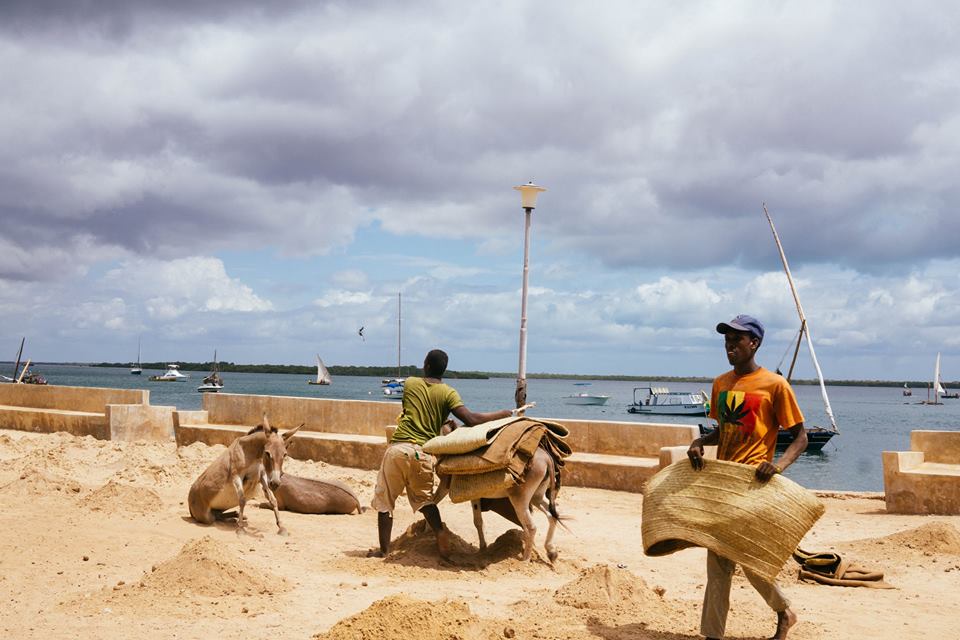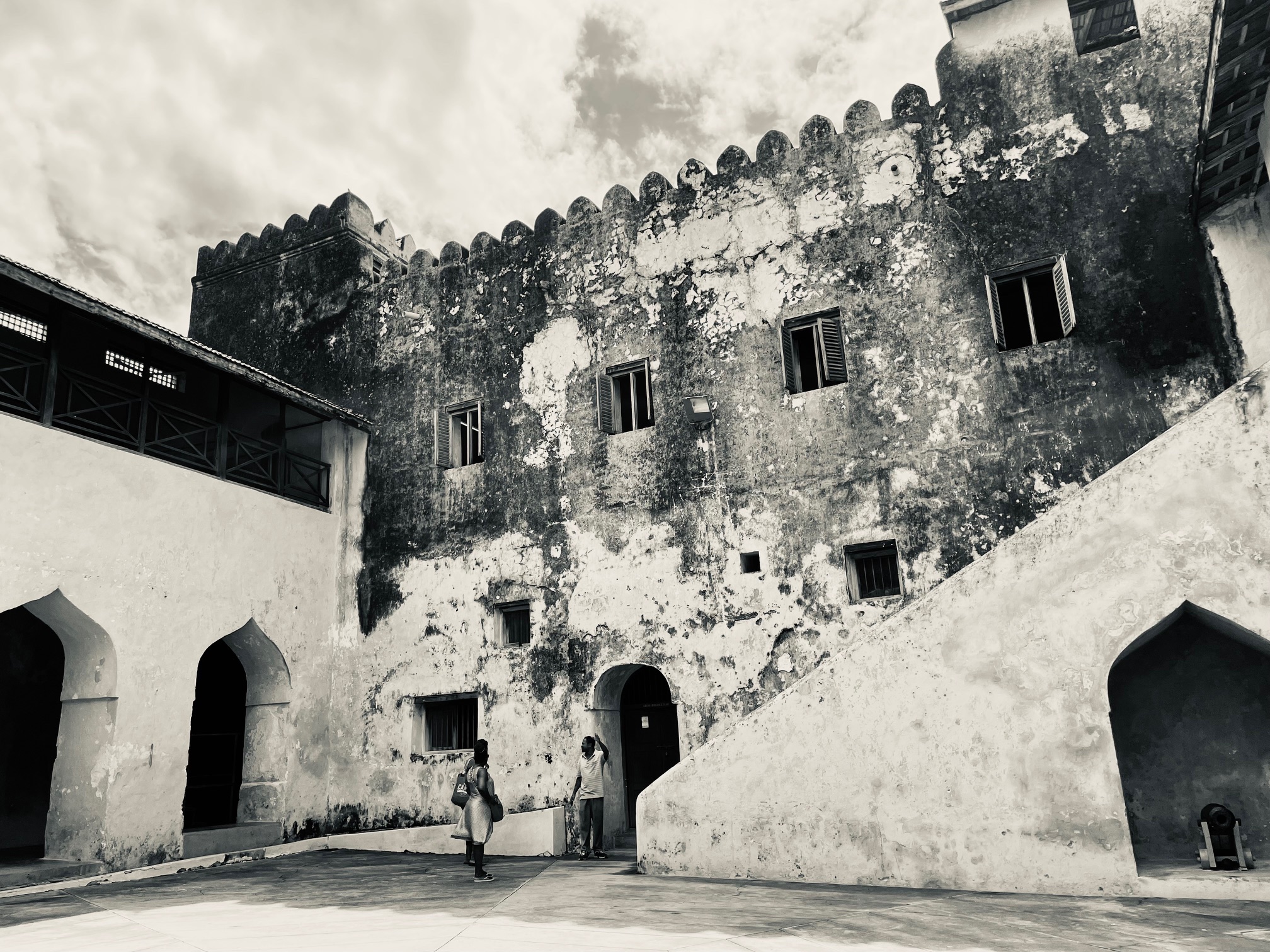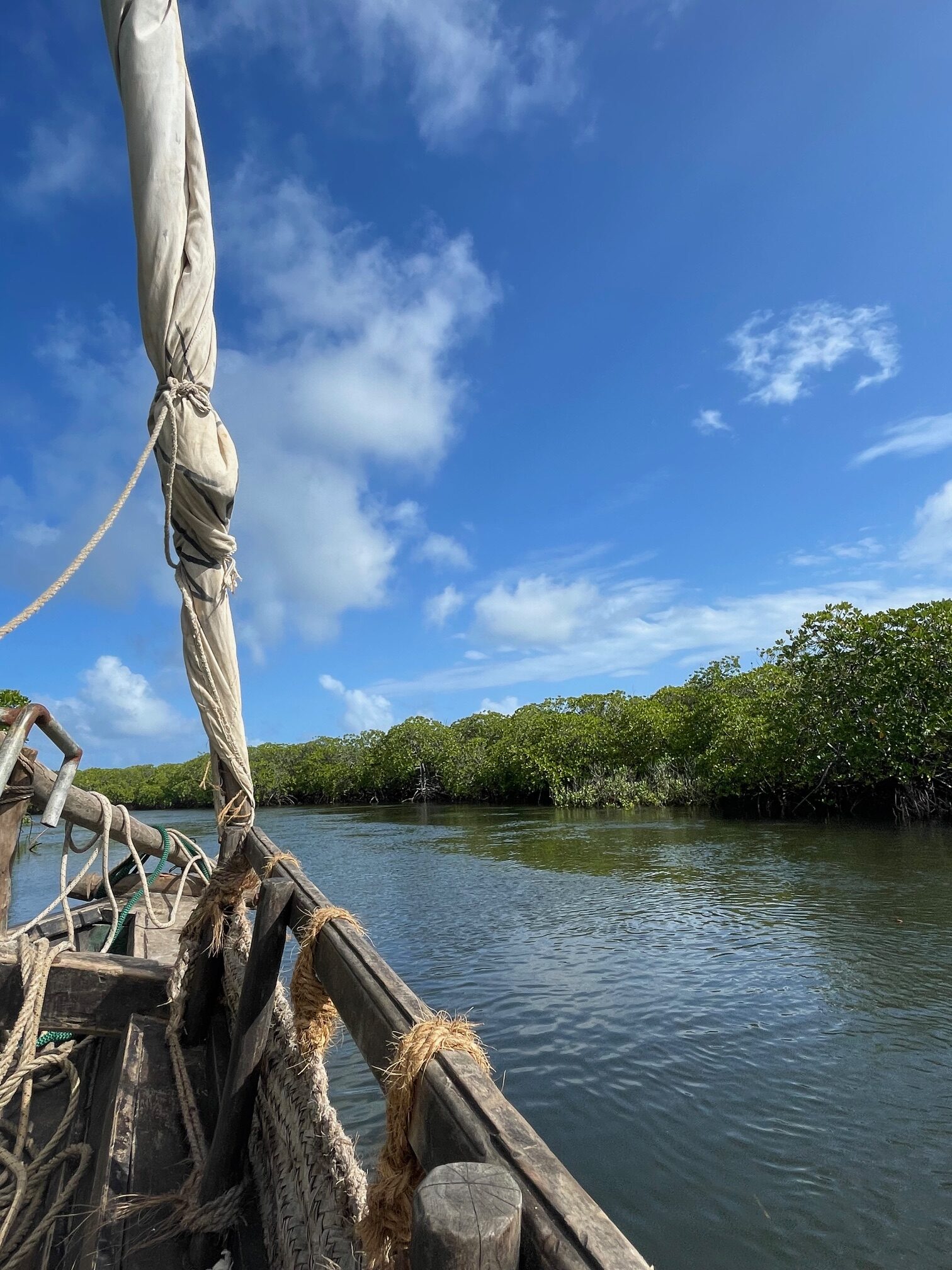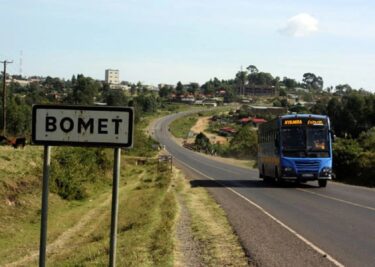Lamu

Photo Copyright: Marie Ainomugisha
Covering the last 130 kms of the Kenyan coastline is Lamu, the county that hosts our first UNESCO World Heritage Site. Continuously inhabited for over 700 years, Lamu Old Town was designated ‘Heritage Site’ status in 2001.
Lamu’s first settlers arrived in the 14th century. The town rapidly grew to the edges of the island and then seemed to move on for centuries at a relatively unchanged pace. In Lamu town, one walks in the streets cooled by the high stone walls or hops on a donkey to visit the historical sites such as the Lamu Fort or The German Post Office. Lamu County is made up of the mainland plus – Shela, Manda, Pate and Kiwayuu that make up the Lamu Archipelago. On the mainland, Witu town was an escape haven for former slaves fleeing the Zanzibari trade, and remains the only part of modern day Kenya to have been a German protectorate. Once a fully independent Sultanate, the last Sultan of Witu Fumo`Umar ibn Ahmad ruled until 1923.
Lamu County has always hosted visitors – from the shipwrecked Chinese back in the 15th century, who then intermarried; to thousands of Muslims who attend the vibrant Maulidi celebrations held to mark the birth of Prophet Muhammad each June at the Riyadha Mosque, founded by Habib Swaleh in 1866. There is also the Takwa ruins which are the remains of a thriving 15th and 16th century Swahili trading town before it was abandoned in the seventeenth century. It is important because of its period of occupation, its dense settlement and its relatively well preserved remains. The unique Friday Mosque with a large pillar a top the qibla wall is among the most notable features. This pillar is believed to symbolize the burial of a Sheikh below the wall.
County 005 has furthermore become the Kenyan home of festivals – the Lamu Cultural Festival which sports a dhow race from the towering jahazi to the swift mashua dhows, the Yoga festival that has brought yogis to Shela every year since 1998, and the Lamu Arts Festival that brings together painters and sculptors to showcase their art.
Everything in Lamu architecture has a function, from the intricate white stucco plasterwork that signals one’s wealth to the way the inner walls of the houses are constructed to manage privacy between family and guests. Even the beautifully distinct Lamu doors and beds, nothing is by chance in old school Lamu architecture.









